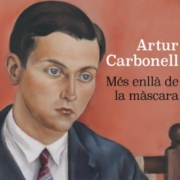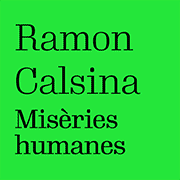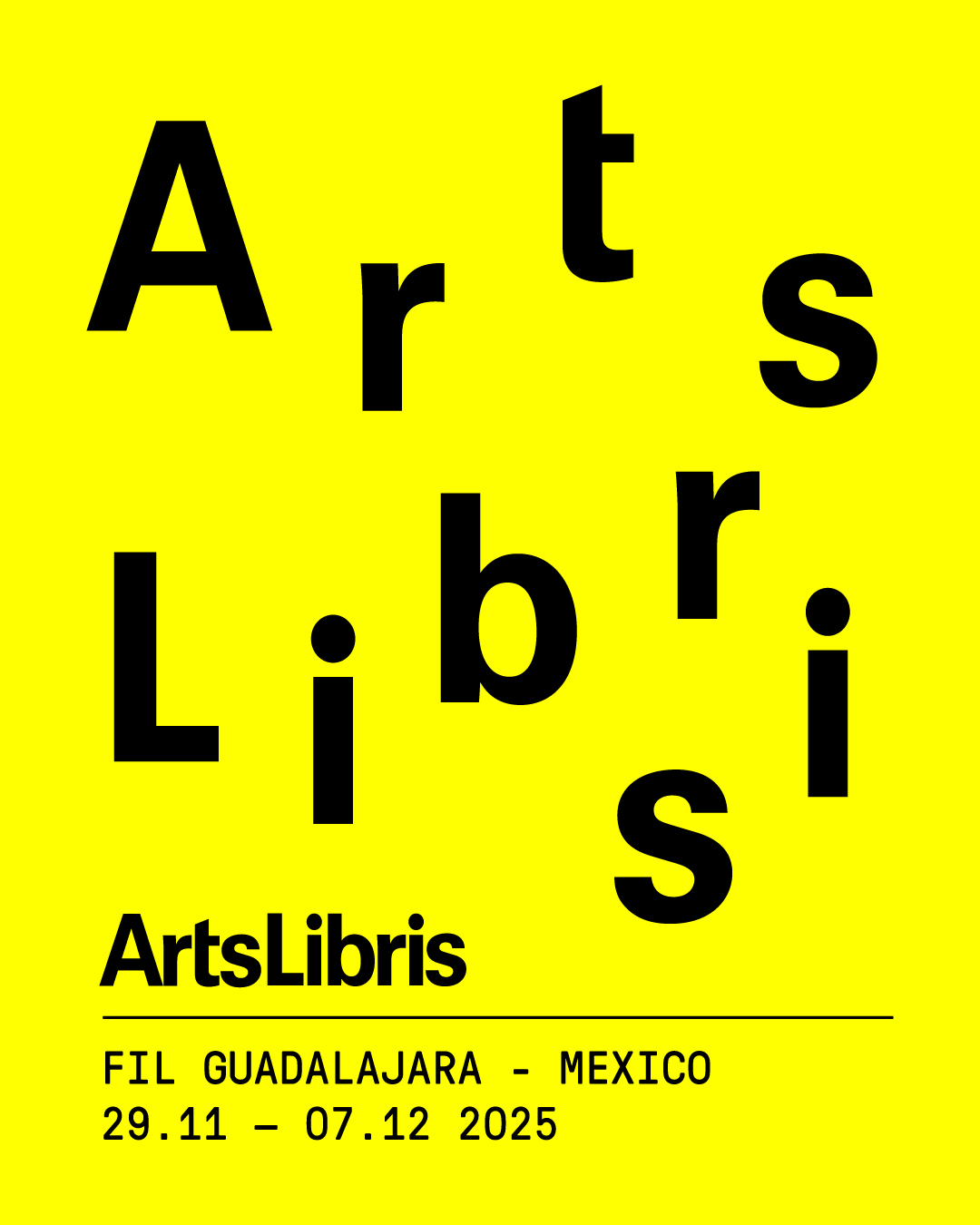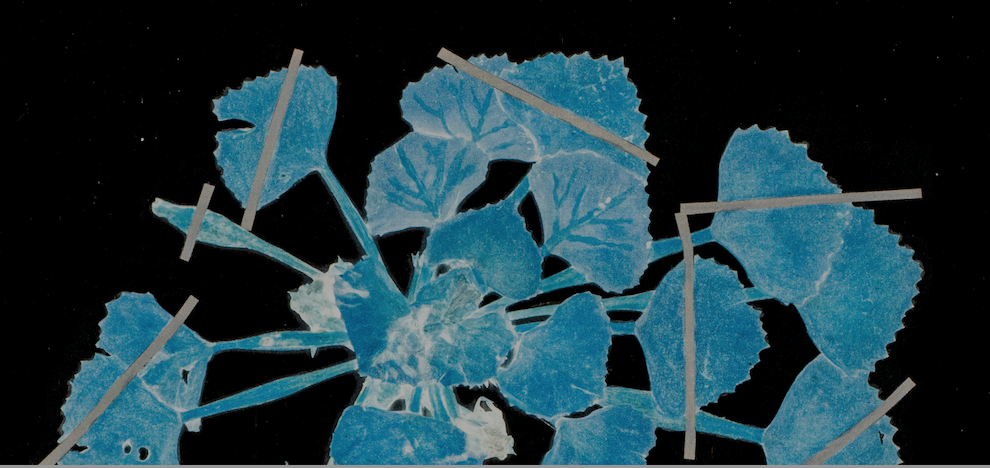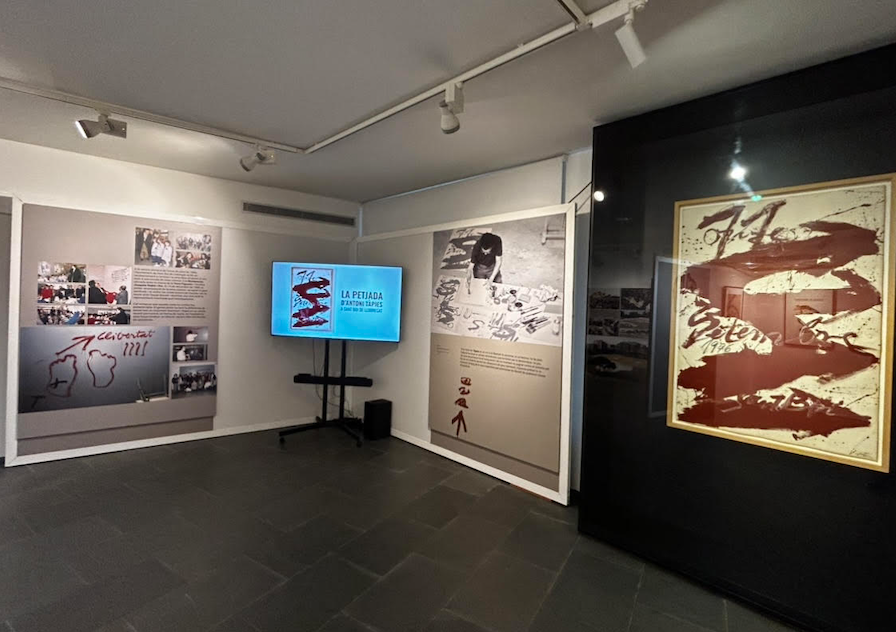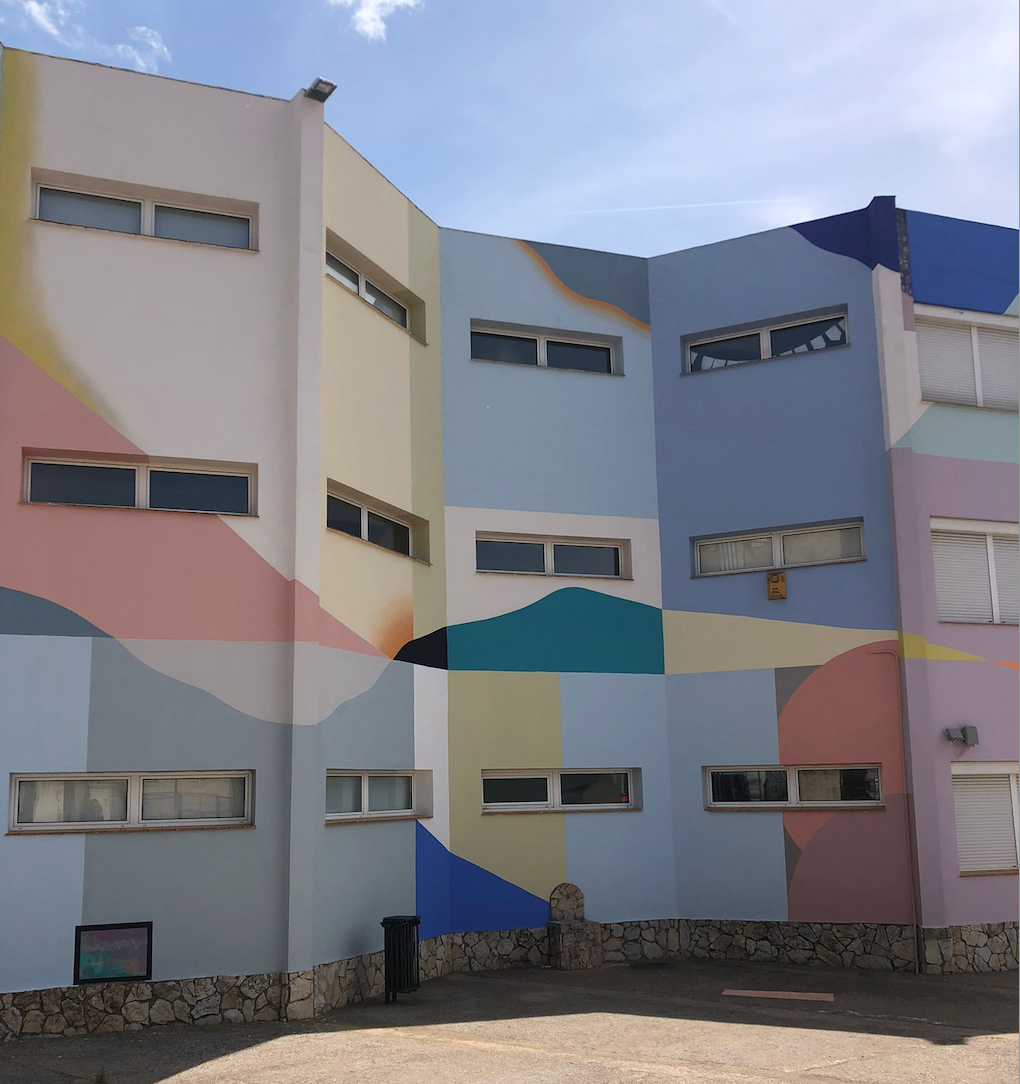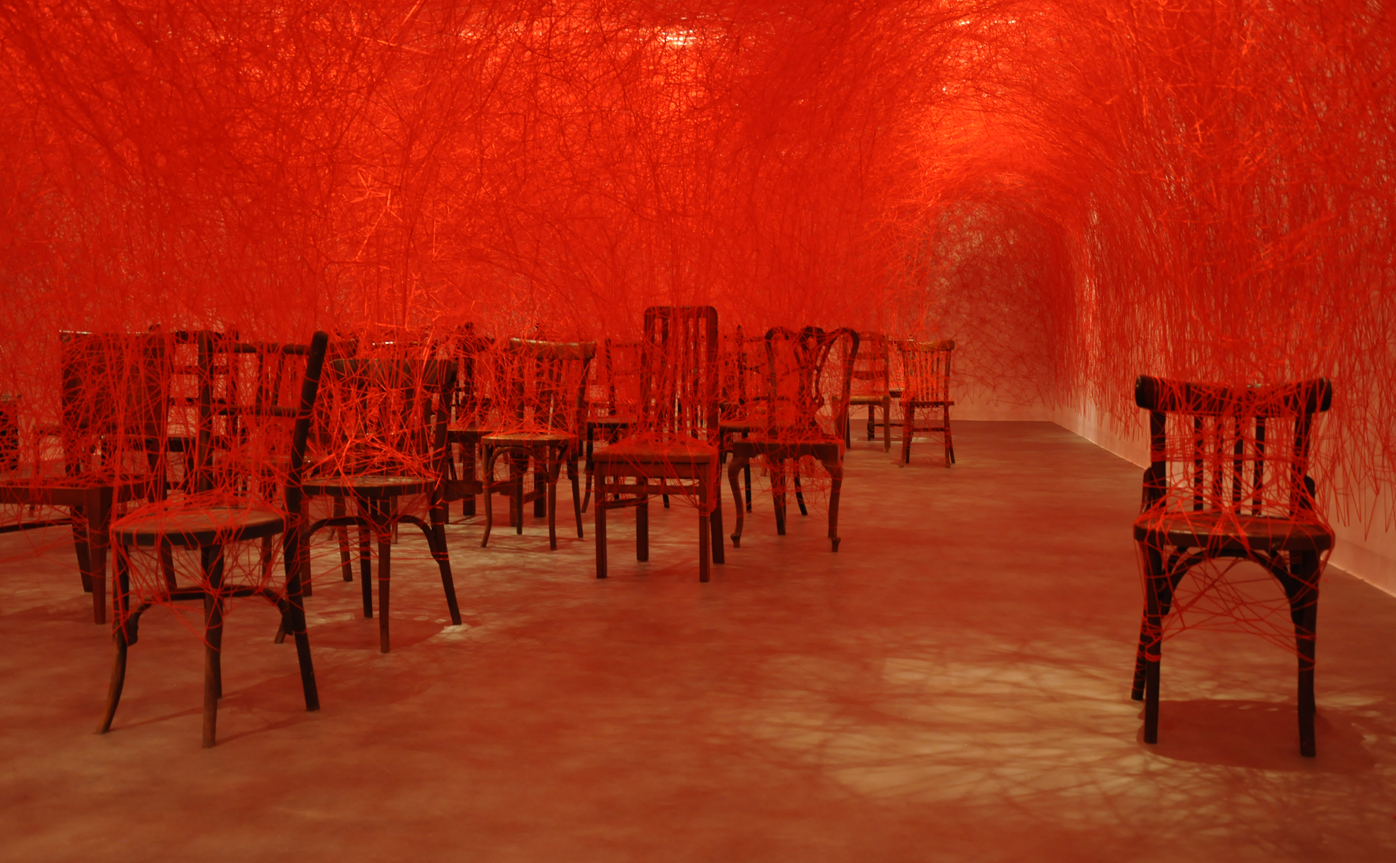Exhibitions
The Palau Foundation inaugurates "The innocence of the stroke" by Maria Sanmartí
Curated by Aitor Quiney, the exhibition explores the figure of this painter throughout her active years as an artist, from 1947 to 1959
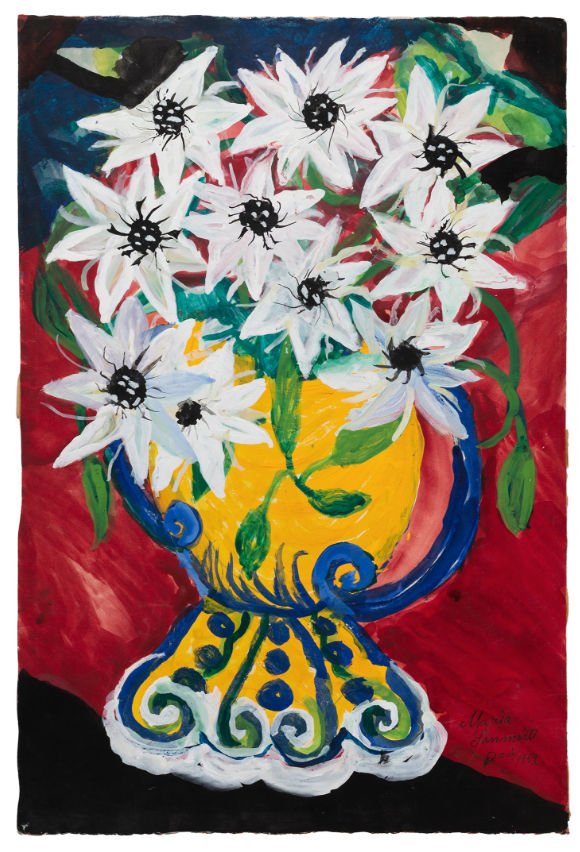
From March 23 to September 15 this year, the Caldes d'Estrac Foundation presents the first retrospective exhibition entitled The innocence of the stroke of Maria Sanmartí "mother of Antoni Clavé" and which has been curated by Aitor Quiney and Urbieta.
Maria Sanmartí, was a woman who started very late in the world of painting (at the age of sixty) but who, according to Josep Palau i Fabre, "knew how to preserve the childishness of the stroke and offer a sharp, fresh, innocent perspective, before an artistic panorama perhaps too cerebral and artificial". Through the renowned artist Antoni Clavé – son of Maria Sanmartí – Palau met her and became interested in her work. It must be said that the Foundation preserves six works by this prolific artist, contributed by Jose Palau and Fabre. As for the friendship between Josep Palau and Fabre and Antoni Clavé, it can be said that it was lasting and authentic, as evidenced by the correspondence of that time that proves it.
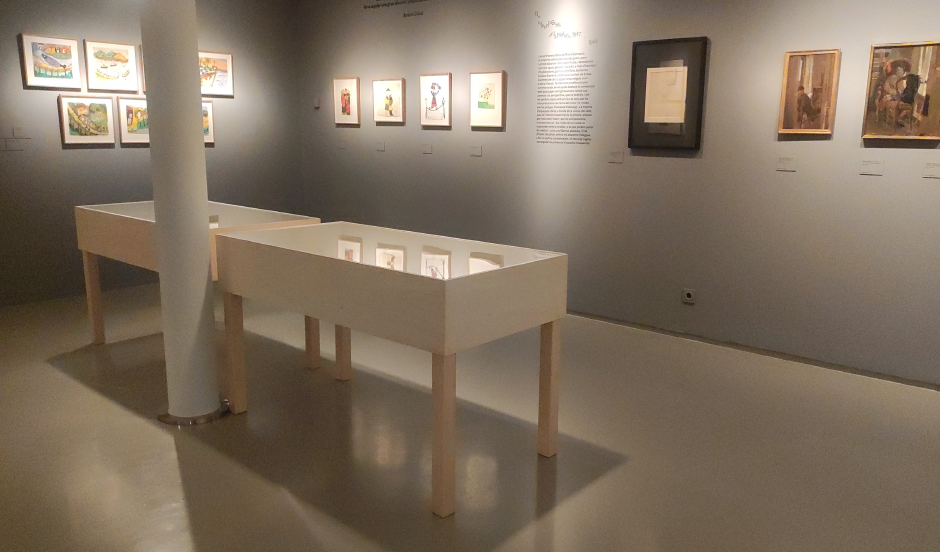
This exhibition begins with an introduction "Maria Sanmartí, Mother of Clavé", which was the way Sanmartí signed his work for a while. Area 1 of the exhibition, which is entitled "Paris: from nostalgia to the discovery of color" explains how Maria had not left Catalonia despite the melancholy and setbacks, with the help of her son, the arrival of her son, Jacques, born two months before she settled in Paris, along with the support of Clavé's many artist friends, calmly overcame the homesickness. Between the years 1947-1948 you can appreciate the first works of Maria Sanmartí, most of them made with the gouache technique, but you can also see drawings and oils on wood, which represent animals (cats, dogs, horses), as well as room interiors, vases with flowers, dancers, flamenco musicians, clowns, bull races, circus scenes or some religious theme such as the Passion. He also felt a predilection for rural roads, for small houses with a river on the bank, for French summer beaches, where the vividness of the colors stands out. It must be said that Maria painted with her left hand, which forced her to make a considerable effort, and her naive and sloppy drawing is a product of this inability. As for Area 2 of this exhibition, it is entitled "From the first exhibition of the painter Maria Sanmartí at the Mirador gallery in Paris, 1949". In this section you can see the gouaches and ceramics, the poster announcing his first exhibition and you can already see how he begins to sign his name.
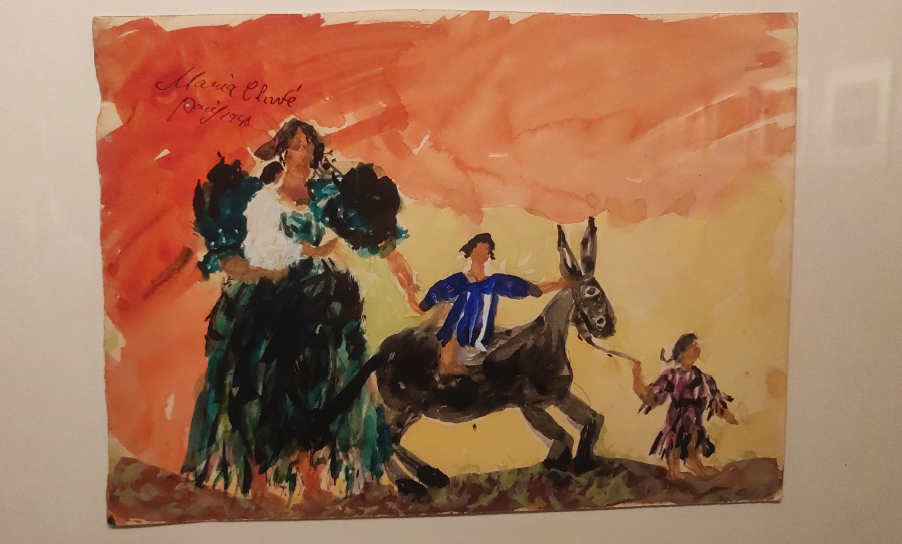
The third area deals with Maria Sanmartí's first exhibition in Barcelona, Sala Gaspar, 1954. The presence of Antoni Clavé in Barcelona, known for his successes in Paris, led to thousands of people visiting the exhibition and thus getting to know the mother's works, which achieved great sales success. At that time his work was part of many European and American collections. From here, Sanmartí exhibited every year at Sala Gaspar in both individual and group exhibitions. In 1954, Maria Sanmartí began to paint on large format cardboard with the gouache technique. The size of the support was no impediment to insisting on the same subjects, especially the still lifes – with the incorporation of bird cages on the table – and the interiors, and repeating motifs such as playing cards. However, the colors, despite still being the center of his interest, were more homogeneous, without the previous transparencies, incorporating the treatment of gouache as if it were oil. Maria Sanmartí, who died in February 1959, had the pleasure of organizing her last exhibitions in two of the most prestigious galleries in Paris and Basel: Galerie Drouant-David and Galerie Hilt, respectively. Since then, his name has disappeared from the Catalan and international artistic scene, despite the importance he had at the time and the artistic quality of his work.
Publication of a book
On the occasion of this exhibition, the Palau Foundation has published a book of more than 250 pages, with texts by Aitor Quiney and an introductory text by Anna Maluquer, director of the Foundation. This is the first publication that reviews Maria Sanmartí's complete artistic career. The book includes more than 200 color reproductions of Maria Sanmartí's works, period photographs and documentation (letters, press clippings, exhibition brochures, etc.), with an innovative design and layout by David Torrents who interprets typographically the artist's handwriting present in many of his drawings and writings. The book also includes a translation of the texts into French. With regard to the topic of complementary activities, guided visits to the exhibition have been organized, family workshops always require prior registration at the foundation's post office. Visiting hours are from Tuesday to Sunday from 10:30 a.m. to 2:00 p.m., in the afternoons from Thursday to Saturday from 5:00 p.m. to 7:00 p.m. and from June on the mornings from Tuesday to Sunday and holidays from 11: 00 to 14:00 hours and Tuesday to Saturday afternoons from 17:00 to 20:00 hours.


